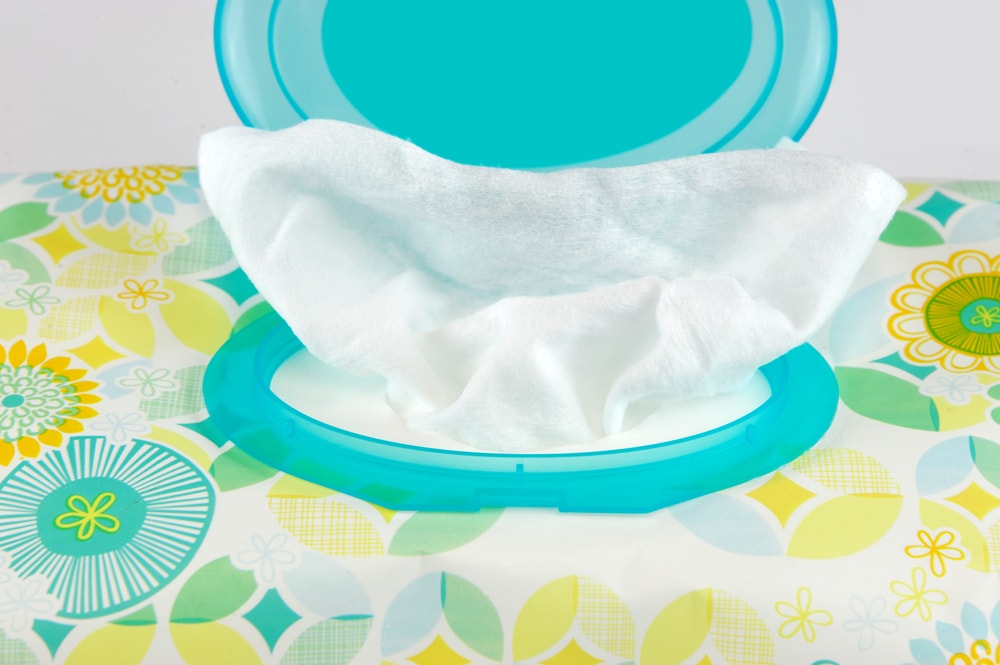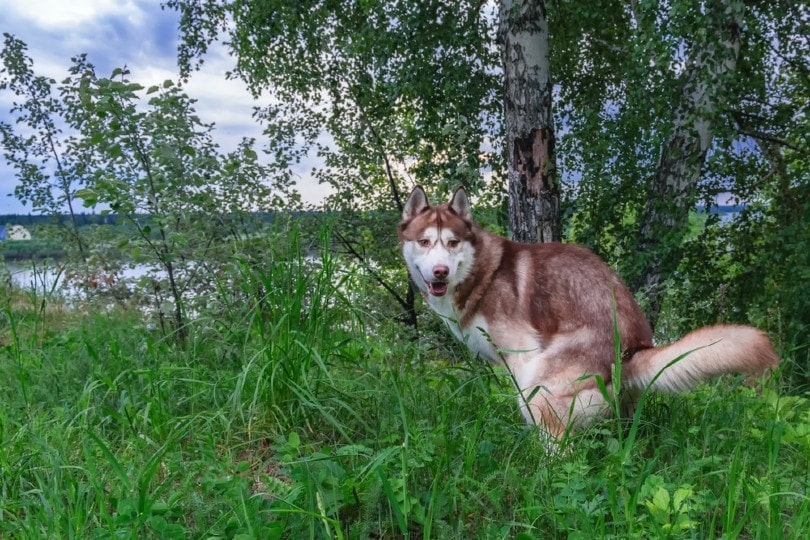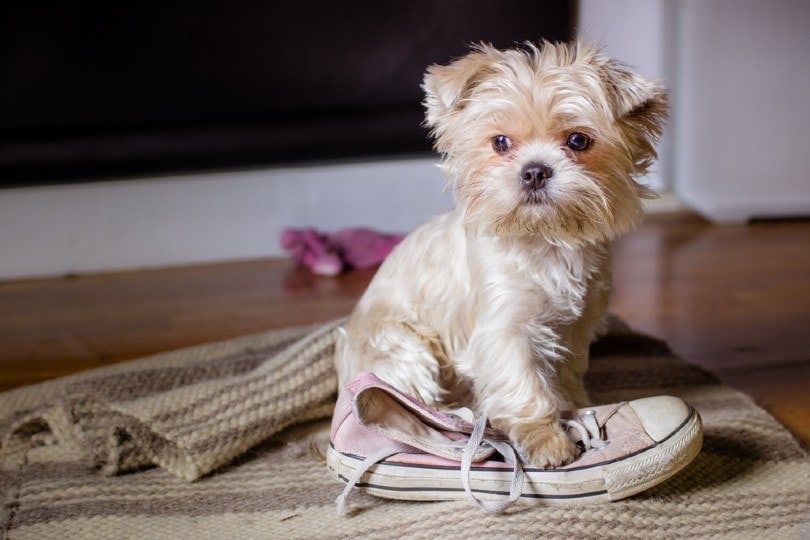White Maltipoo: Pictures, Facts, & History
By Brooke Bundy
Updated on
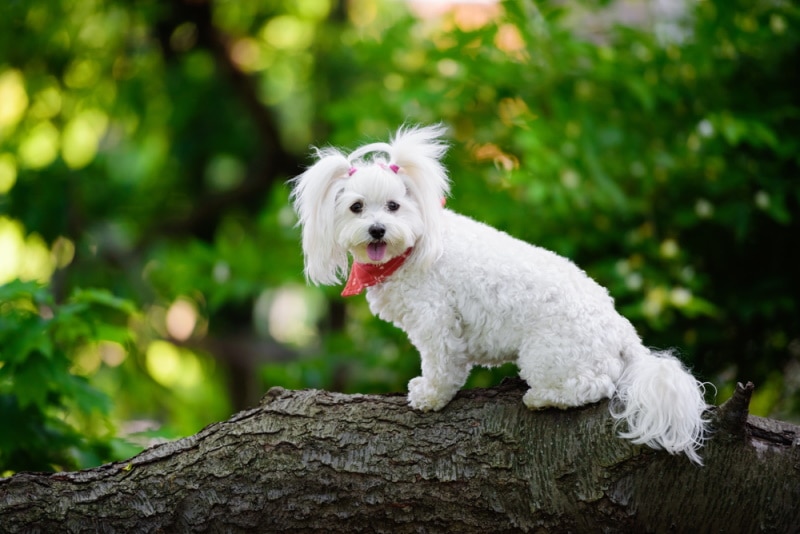
The loyal Maltipoo lingers beside their pet parents for hours on the sofa, mimicking the behavior of a Maltese, while also enjoying nothing more than joyfully galloping through the woods like their Poodle ancestors. Even though both the Poodle and the Maltese are classic breeds, the Maltipoo only emerged as a recognized mix in the last quarter-century. As the world urbanized and lived in increasingly smaller housing, dog breeders created new “designer” crossbreeds to combine the best traits from both beloved breeds that also fit in better with the modern lifestyle. The Maltipoo’s hunting history lives on, however, and this small dog craves more of an active lifestyle than you might expect. Let’s learn more about the history and origins of this breed.
The Earliest Records of White Maltipoos in History
Hailing from the ancient island of Malta, the tiny white Maltese has witnessed many trials and tribulations in its time. No one knows exactly when the breed first appeared. Some speculate it’s purely native to Malta, while others suggest it could have originated from Egypt or the Alps. While there are sculptures that suggest the Maltese existed before this, the first formal mention of the Maltese was between 600 and 300 B.C. when Roman and Greek philosophers began writing about the dog, including Aristotle, who compared the dog to the size of a weasel.
The Maltese had sat in the throne rooms of queens and then begged for scraps on the street once the regime was overthrown. Throughout the centuries, the little white dog endured. Known as the “Comfort Dog,” the Maltese has mostly played the role of a coveted lap dog, although it worked catching rats in England during the 1800s. Of course, breeding standards weren’t as strict as they are today, so it’s also possible that other “breeds” mixed with the Maltese until the lines were more clearly drawn in the 1850s.
German hunters bred the standard Poodle during the 19th century. Intelligent and agile, Poodles were excellent swimmers who could quickly retrieve waterfowl. Their smaller derivatives, the Miniature and Toy Poodle, didn’t exist until later when breeders decided they wanted the Poodle’s full personality in a tinier form. Since then, Toy and Miniature Poodles have performed in circuses under the tent, and entertained dog owners in their homes as the family pet.
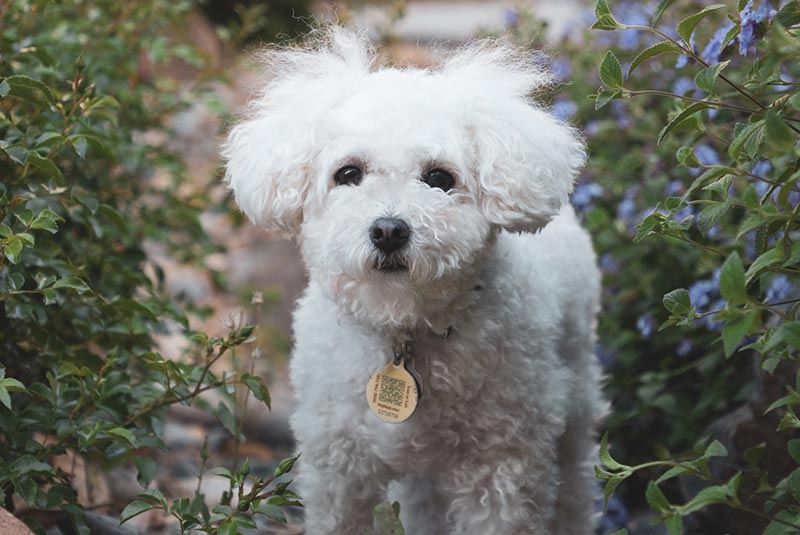
How the White Maltipoo Gained Popularity
In the decades leading up to the new millennia, society—especially American culture—was becoming more urbanized. People were at home for fewer hours of the day, and generally didn’t have as much space indoors or outdoors as they did in previous eras. Breeders created “designer” dogs during the second half of the 20th century in an effort to compensate for these cultural changes, while not losing the vibrant personalities of classic dog breeds such as the Maltese and the Poodle.
The Maltipoo was first acknowledged as a designer dog in the 1990s. Small and loving, adorable and smart, this mix combined all the loyalty and calm nature from the Maltese with the swift intelligence of the Poodle. Additionally, since both the Maltese and the Poodle don’t shed, this dog is 100% hypoallergenic.
Formal Recognition of the White Maltipoo
Even though the Maltipoo derived from a purebred Poodle and Maltese, the American Kennel Club doesn’t currently recognize this new mix as its own breed. Because of this, there isn’t a strict breed standard. As long as the dog is crossed with a Poodle and a Maltese (F1 generation), or a Maltipoo with one of the parent breeds (F1b), or Maltipoo bred with a Maltipoo (F2), they’re considered part of the breed.
Size and color depend largely on the individual parents. These factors can vary widely since the Poodle side may come from a Miniature or Toy Poodle, which greatly influences their size. In general, 8-14 inches high and 5-20 pounds is a reasonable estimate for a Maltipoo.
Purebred Malteses are always white, so white or cream is one of the most popular colors in Maltipoos. However, you should be aware that a pure-white Maltipoo may be susceptible to shaker syndrome, a medical condition mostly seen in white dogs.

Top 4 Unique Facts About Maltipoos
1. Maltipoos have many names.
If you’re searching for a Maltipoo, you may also look for alternate names and spellings, such as “Maltepoo,” “Moodle,” “Multi-poo,” and “Malta-poo.”
2. Black is the rarest color.
Although Poodles are commonly black, a purebred Maltese is always white. Thus, a black Maltipoo is the hardest to find, and will typically cost more than other colors.
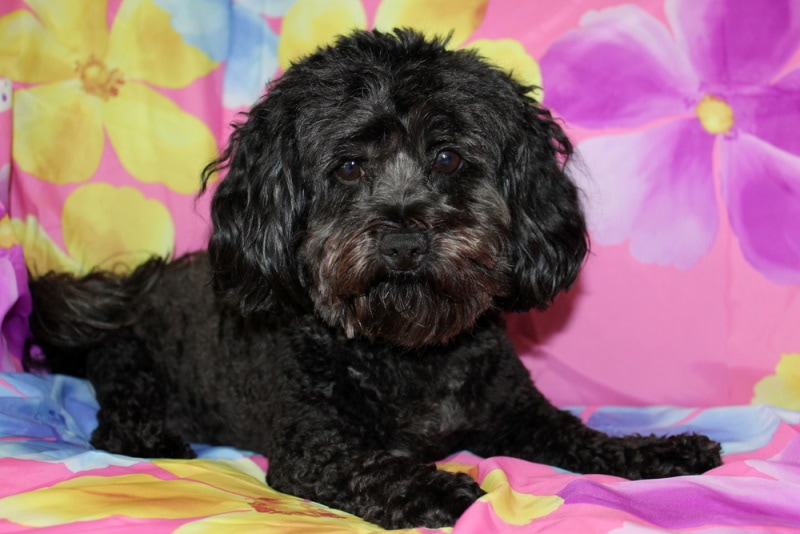
3. The price for a Maltipoo ranges between $400-$4,000.
While the term “designer” breed may rake in a little more dough, the cost also depends on the breeder, the color, and whether the dog is a F1, F1b, or F2 generation. When possible, you should try to rescue a Maltipoo, but they aren’t one of the more common breeds in the shelters. If you’re set on adopting a purebred Maltipoo, you’ll likely have to find a breed-specific rescue or reputable breeder.
4. Maltipoos have hair, not fur.
The good news about the Maltipoo is that they don’t shed, due to the hair they inherit from both the Poodle and the Maltese. However, they need their hair cut every 6-8 weeks to keep them looking fresh.
Do Maltipoos Make a Good Pet?
In general, Maltipoos make great pets. But let’s take a closer look at some factors that may affect your decision of whether to get one.
Lifespan/Health
White Maltipoos are adorable additions to your household. They’ll loyally give you their love for an average of 14-16 years, which is a longer lifespan relative to other dog breeds. Maltipoos have a mixed breed advantage of having a larger gene pool than purebred dogs, which may make them healthier overall. However, they inherit some genetic risks from both the Poodle and the Maltese, such as eye problems like cataracts and progressive retinal atrophy that are common in both breeds.
White Maltipoos in particular may be susceptible to shaker syndrome, a medical condition that can affect small, white dogs, and causes their body to experience tremors. However, this condition can be resolved with medication. If you don’t want to risk dealing with shaker syndrome, you could always adopt a similar cream or apricot colored Maltipoo instead.
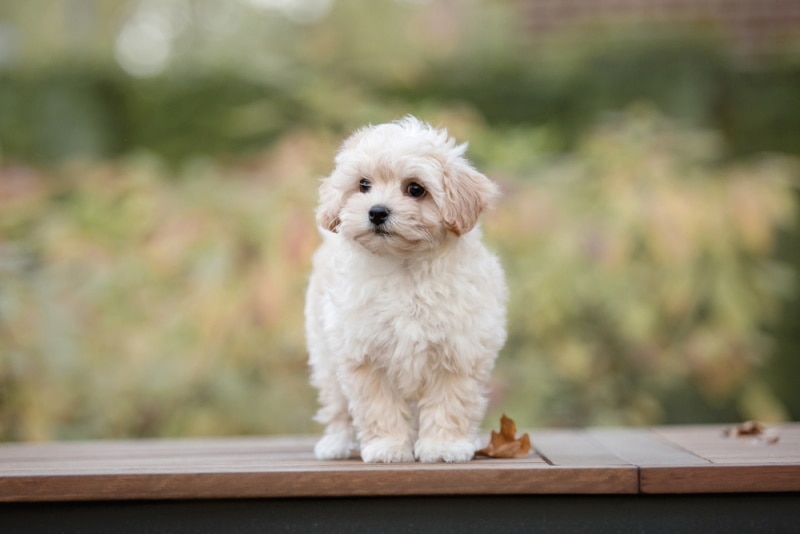
Exercise Needs
Despite their small size, Maltipoos carry an enormous amount of energy. Even though they finish growing shortly after their first birthday, Maltipoos may act like puppies until they’re around 4 years old. During this time, they’ll be especially active, but that’s not to say they won’t enjoy snuggling with you on the couch for hours in between playtime. You should expect to take your Maltipoo on a walk for at least 30 minutes a day coupled with moderate playtime at home or let them run in your yard or dog park between one and two hours every day.
Personality/Temperament
Additionally, this dog is the perfect fit for a single person who works from home, or a family where one member is always present. Maltipoos don’t do well at home alone. With the intelligence of a Poodle and the companionship of a Maltese, your Maltipoo will be heartbroken if left by themselves for most of the time and will likely devise ways to “punish” you for your negligent behavior, such as urinating in the house or destroying things they know you value. If you’ll be there for them, they’ll be there for you. As you spend more time with your Maltipoo, you’ll probably conclude that they’re the happiest creature you’ve ever met—as long as you’re there.
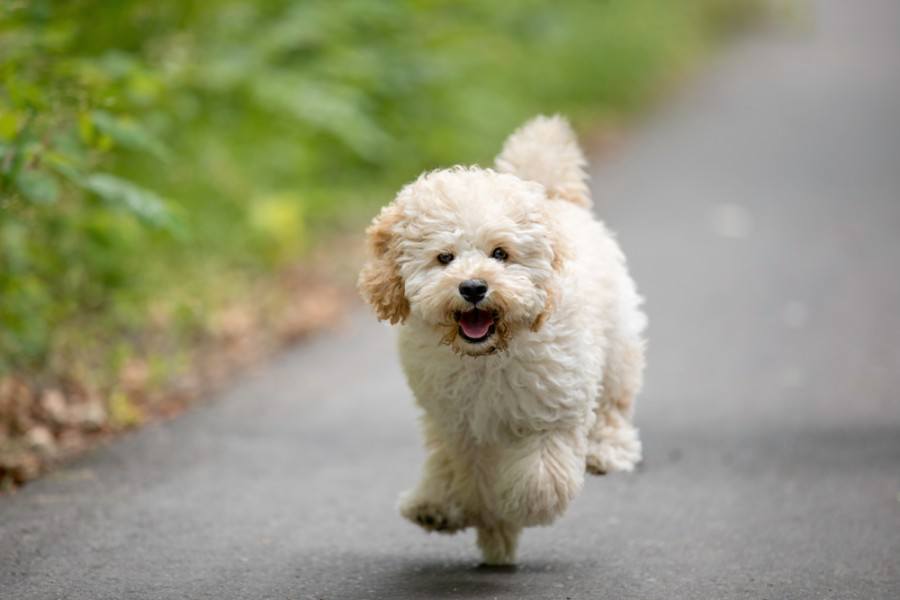
Conclusion
Derived from the white Maltese and Poodle, the white Maltipoo carries admirable traits from both breeds to a new generation of dogs. Since they aren’t recognized by the AKC, the Maltipoo doesn’t have thoroughly regulated breeding standards. They’re always smaller than Standard Poodles, but their exact size depends on whether the Maltese was bred with a Miniature or Toy Poodle. Maltipoos generally have the same characteristics no matter the color, but white Maltipoos do carry the additional risk of shaker’s syndrome, which causes tremors in small dogs. Each Maltipoo is a little different, but all are adorable combinations of playful and sweet, active and calm and they make great pets for those that are willing and able to spend time with them.
See also:
- 143 Fitting Names for Flat-Coated Retrievers: Ideas for Hunting Dogs
- Teacup Maltipoo: Pictures, Info, Temperament & Traits
Featured Image Credit; Alessandra Sawick, Shutterstock


